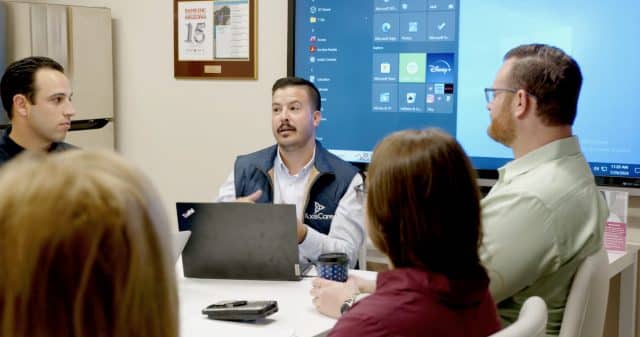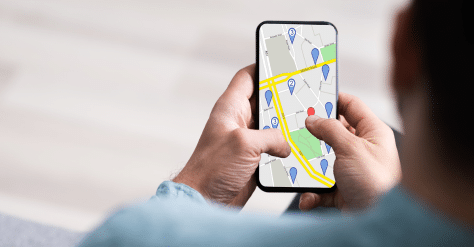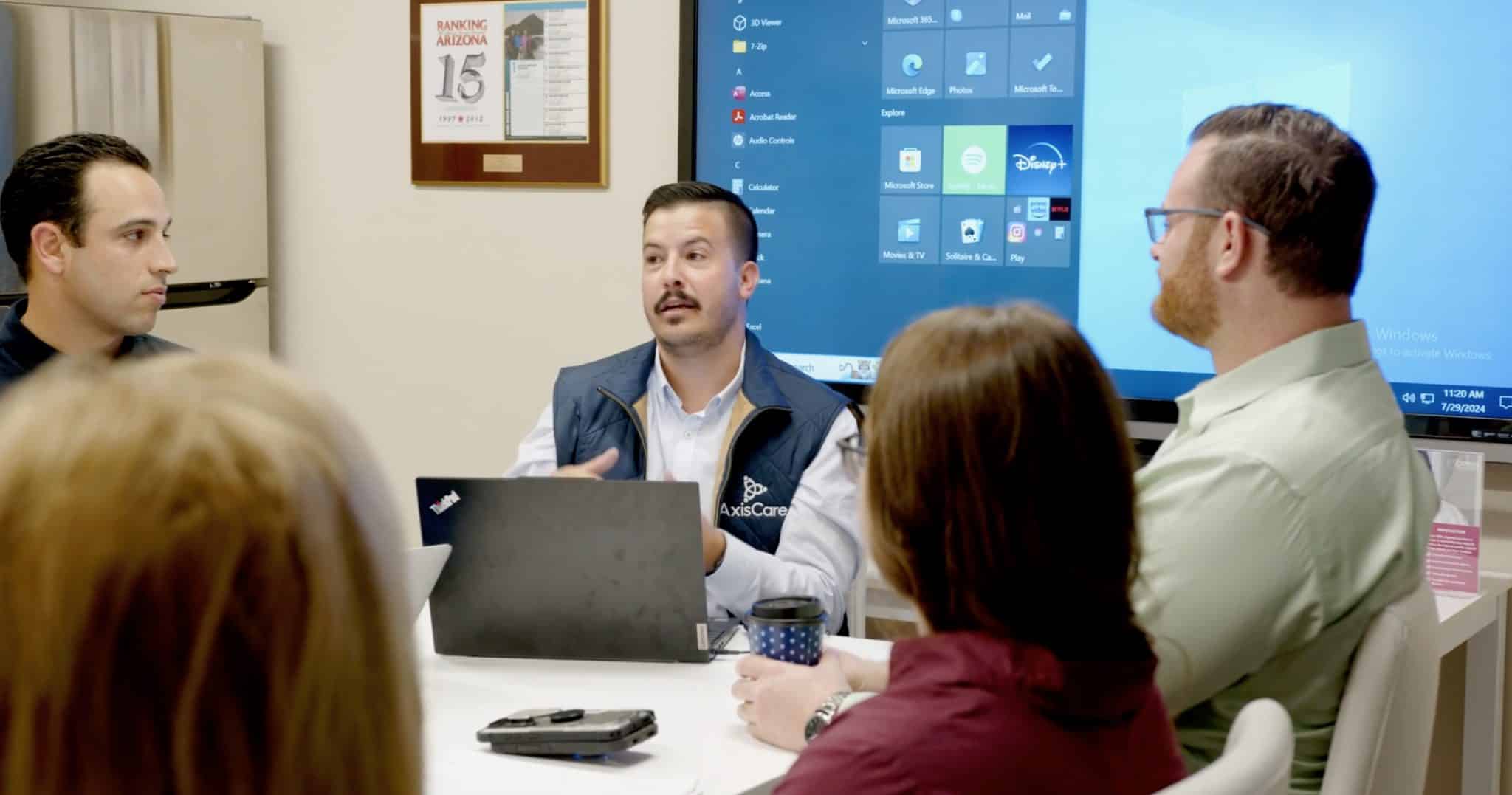One in five American adults receives support for daily activities like bathing, dressing, or taking medications, according to a recent KFF Health Tracking Poll, making home health care one of the most important industries of our time. This growing need for caregiving has prompted lawmakers, home care agencies, and service providers alike to call for modern digital solutions, like Electronic Visit Verification, which utilizes technology to optimize home care operations, deliver high-quality client care, streamline documentation, and enhance the overall caregiver experience. EVV is reshaping the home care industry and empowering agencies to adapt to the ever-evolving landscape of home care services to provide the best care possible.
What is Electronic Visit Verification (EVV)?
Download your copy of our white paper: Understanding EVV: The How When & Why of Electronic Visit Verification
Electronic Visit Verification (EVV) is a telephone and computer-based system used by the home care industry to electronically track interactions between home healthcare providers and their clients. EVV applies to care and health services rendered in the home and may track work performed, hours, accurate location information, and more about the client-caregiver interaction, including information about the service provider.
EVV systems for home care must verify six data elements:
- Services performed
- Client receiving the service
- Date of the service
- Location of service
- Individual providing the service
- Start and end time of the service
Importance of EVV in Home Health Care Services
The 21st Century CURES Act says that states must implement EVV for all Medicaid-funded Personal Care Services (PCS) and Home Health Care Services (HHCS.) Created in response to healthcare fraud, waste, and abuse reports, EVV requires home care agencies to implement a solution for verifying details about services.
How does EVV Work?
EVV for home health allows service providers to use an HHSC-approved method for checking in/out of service delivery. HHSC-approved methods include:
Mobile Method
Using their own mobile devices, caregivers can use an EVV mobile app, text, or phone call to record visits. Caregivers can capture all required visit information for EVV requirement compliance, document essential care information, and ensure all sensitive data is safe and compliant with HIPAA regulations.
Home Phone Landline
This method requires caregivers to call from their client’s landline to check in and record the visit. This method is reliable as long as the client uses a landline. However, every year, more Americans cut their landlines in favor of mobile devices, pushing this EVV method toward obsolescence.
Alternative Device
Service providers can also use alternative devices like biometric recognition hardware. These devices allow caregivers to check in/out with fingerprint scans and even record audio from their visit. This solution can be costly and inconvenient for the patient as it must be installed in their home.
Impact of EVV on Clients
EVV for home health is a valuable tool for elevating experience and standard of care for clients. It allows caregivers to access comprehensive medical histories and well-documented care plans, leading to increased client satisfaction, positive health outcomes, and strengthened client-caregiver trust.
Quality Client Care
EVV systems for home care is the increase in quality of client care. The University of California San Francisco Health Workforce Research Center on Long-Term Care recently reported in a study that clients noted that EVV incentivized workers to show up on time, ensuring quality care and increased patient satisfaction.
Prompt Intervention
Real-time monitoring and patient portal access facilitates seamless communication between all parties. Caregivers, healthcare professionals, and clients can stay up-to-date on the client’s list of treatments, track schedules, and send reminders for medication administration.
Personalized Care
EVV software equips caregivers to provide highly-personalized care plans tailored to meet the unique needs of each patient. Additionally, the increased visibility allows agencies to play a more active role in ensuring client satisfaction.
Impact of EVV on Caregivers
Accuracy and Accountability
EVV software records time sheets and services rendered digitally, which reduces administrative burden and the opportunity for human error. This allows agencies to maintain accurate records so caregivers are paid on time.
Care Coordination and Communication
With EVV client and family portals, caregivers can send notes, updates, and photos to their clients and the agency. This open communication helps build trust and ensures quality patient care.
Streamlined Documentation
EVV lets caregivers customize and digitize all documentation, reducing administrative tasks like time tracking.
Real-Time Monitoring
Real-time monitoring of caregiver visits allows supervisors and administrators to observe caregivers’ activities and schedules. This visibility enables them to receive timely feedback and support, leading to improved performance and job
satisfaction.
Impact of EVV on Home Care Agencies
For home care agencies, EVV software can be more than a compliance effort. Choosing the right home health care software can increase efficiency, productivity, and quality of care for your agency as a whole.
Compliance Requirements
When billing Medicaid, compliance requirements for EVV software vary state by state, making it crucial for providers to understand local mandates. Some states like California, use an open vendor model that allows providers to choose EVV software, and others, like Oregon and New Jersey, require the use of state-mandated vendors.
Caregiver Management
Managing caregiver schedules is vital for successful operations, service provider job retention, and patient satisfaction. EVV scheduling tools provide accurate information about caregiver availability, making schedule changes simple.
Billing and Reimbursement
Digital documentation of caregiver timesheets, services provided, and care tasks, instead of paper copies, improves billing accuracy and reduces delays in payment processing.
Automate Processes
Overall, home care software utilizes EVV to automate documentation processes, streamline workflows, and generate data and reports.
Delivering High-Quality Care with AxisCare
The right EVV software can make a positive impact on patients, caregivers, and agencies. Request a demo and see how AxisCare can push your agency to better client care, efficiency, compliance, and increased revenue.











